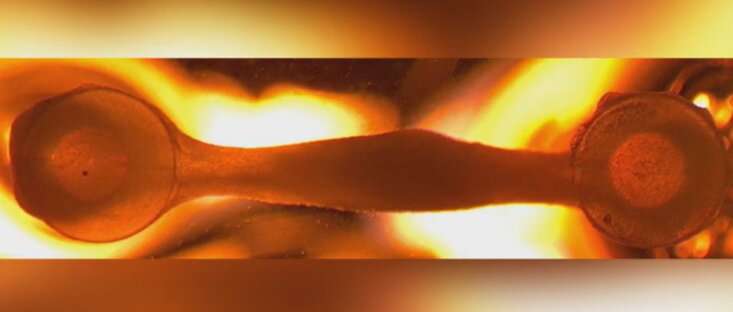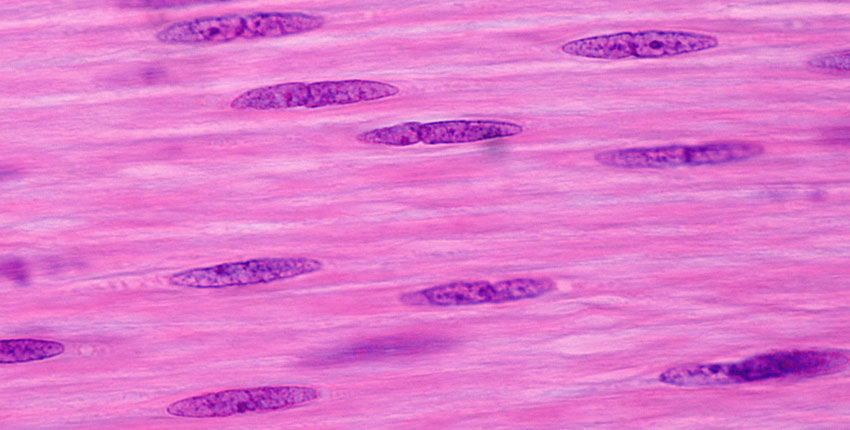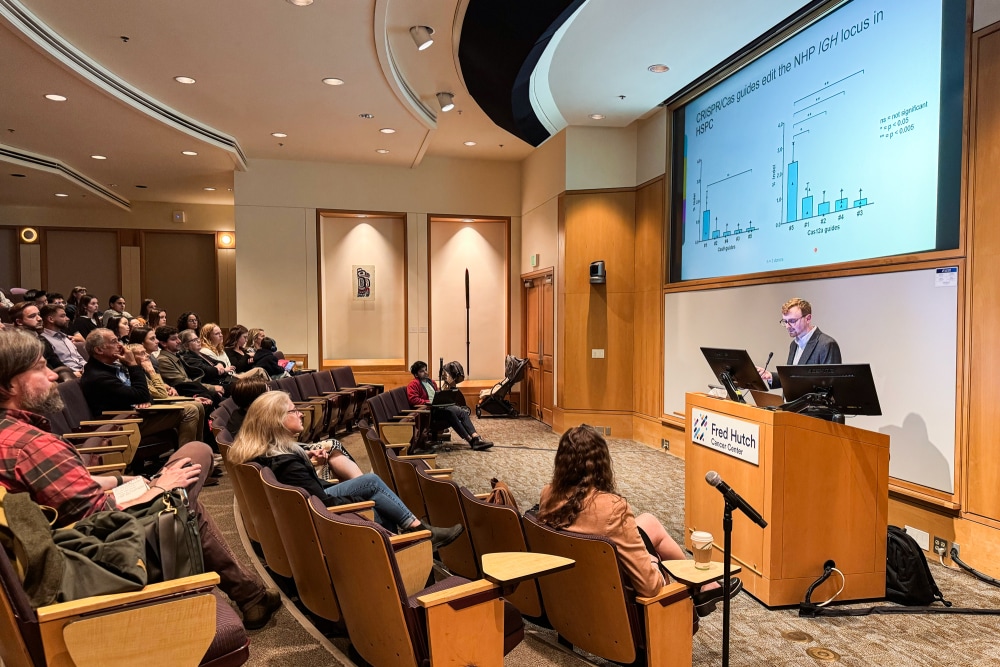By Aamir Khollam – Interesting Engineering –
In a leap that could reshape how scientists study the human body in space, researchers at ETH Zurich have successfully 3D printed muscle tissue in conditions mimicking weightlessness.
The achievement brings scientists closer to producing human tissue in orbit, a breakthrough that could help protect astronauts from muscle loss and lead to new medical treatments on Earth.
Led by researcher Parth Chansoria, the ETH team conducted their experiments aboard parabolic flights that simulate the microgravity of space for short bursts. The work focuses on understanding how to grow tissue without gravity’s constant interference and could form the foundation for biomanufacturing in space.
Creating accurate biological structures on Earth is notoriously difficult. Gravity affects how cells settle and how printed tissue holds its shape.
In 3D bioprinting, scientists use a mixture of living cells and a carrier substance called bio-ink.




